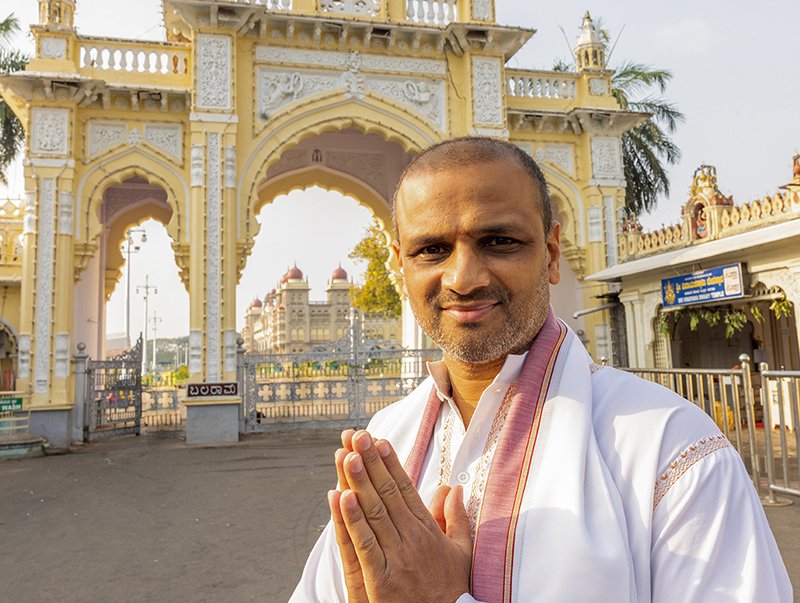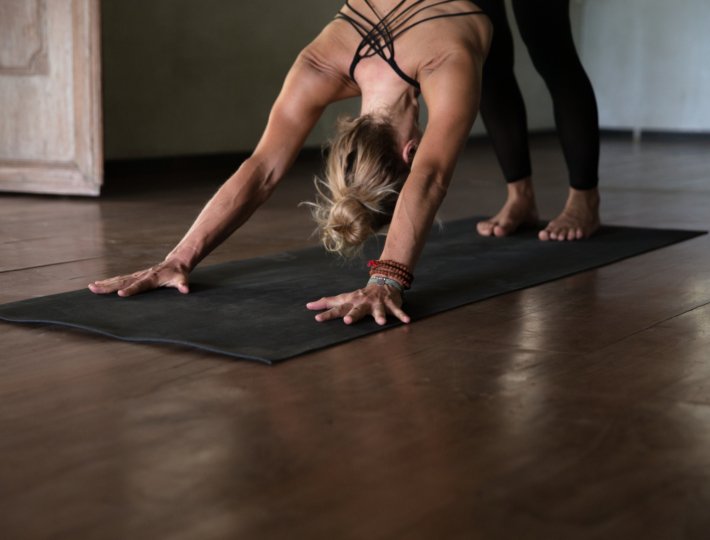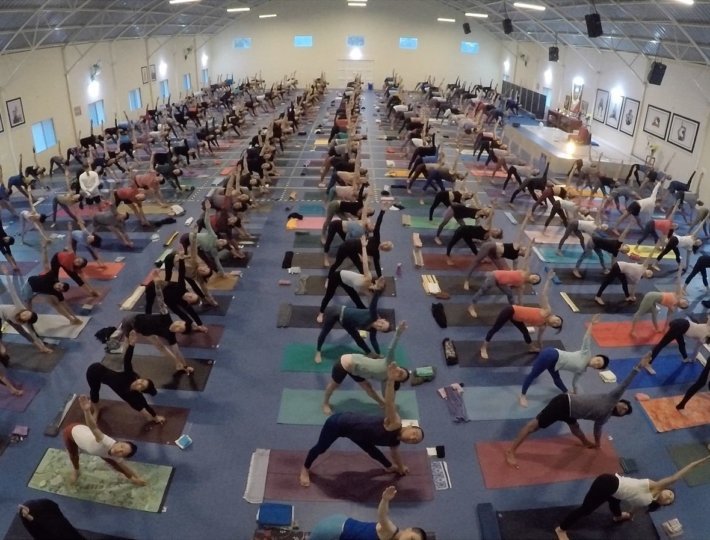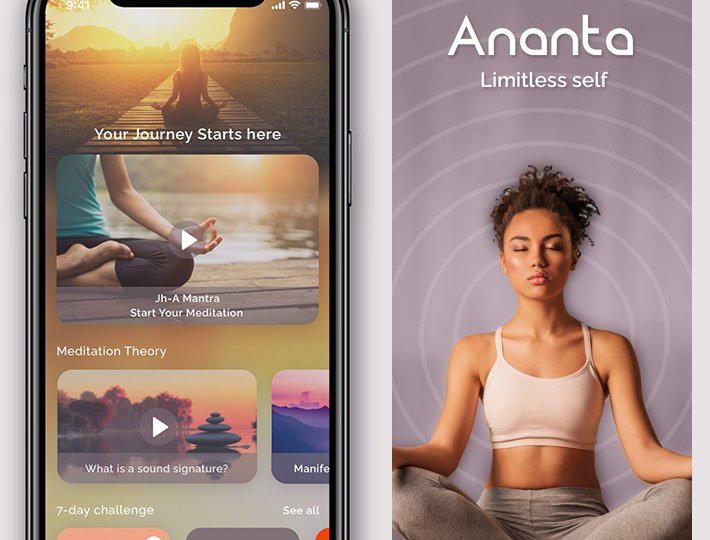A month after opening M N D F L, the drop-in meditation studio that I co-founded in 2015, a stylishly suited-up man in his late twenties sheepishly approached the front desk and asked if he could take a class. “I want to try meditation,” he said. “Actually, I really don’t.” He paused. I sat there in silence. He said, “Well, the truth is it’s the last thing my doctor is recommending before he puts me on ulcer medication. I’m really stressed out.”
This man, Andrew, is not alone in his plight. So many of us are plagued by cyclical patterns of anxiety, stress, and fear that can, ultimately, become debilitating. Just 15 years ago, you could go to work, put in your hours, then clock out, disconnecting from many of life’s major stress-factors (i.e., your boss, your workload, reminders about the outside world in general, etc.).
Nowadays, the moment you get home after a full day at the office, your smartphone might buzz before you’ve even put down your bag. If it’s not a phone call from your boss, it’s an e-mail or text message from a co-worker, or some other notification saying, “Don’t relax! I need your attention! Right now!” These days, it’s hard to find any space for genuine relaxation at all.
This is where meditation is extremely helpful. It has been proven over thousands of years to interrupt cyclical patterns of stress. The good news is that it’s extremely simple, and doesn’t require years of training to start. You can do it for 5 or 10 minutes and it will still help.
Related: A 5-Minute Meditation to Start Building Your Practice
People often ask me if I recommend good meditation apps. Yes, some are good, especially those led by trained instructors. But think about what it means to bring your phone into your meditation practice: You might try to sit down to connect with inner peace, placing your phone with the guided meditation a few feet in front of you. Then you hear a buzz. Are you done already? Nope. It’s a notification from CNN telling you news that simply terrifies you. That is not particularly helpful in cutting through your layers of stress.
That’s why I often recommend shamatha, or peaceful-abiding meditation. It’s a simple technique that the Buddha propagated 2600 years ago within which we focus on the breath as a way to become more present and awake. Today, it’s often referred to as mindfulness meditation, and there’s a slew of scientific research around it showing that it also allows for a return to relaxation, better sleep and even boosts the immune system. If you are going to bring your phone into the area where you meditate, I recommend that you put it on airplane mode, set a timer, and merely focus on your breathing as a way to become more in tune with your body, with reality, and to disconnect from always being on the go.
Here’s the ugly truth: The moment you sit down, taking a relaxed, yet uplifted posture, you’ll find that anxious thoughts creep into your head. Some people, when they first start meditating regularly, think that meditation is actually somehow stirring the pot more than usual. Really what’s happening is that all that stress was playing out in your head already; you just weren’t paying attention to it before.
We call M N D F L the “space to breathe.” That’s because A) it’s a committed space meant for meditation and B) meditation itself is an act that gives you space to experience what is going on with you on a given day, which, yes, includes the breath and an incredible amount of joyful and creative thoughts as well as stressful, neurotic thoughts. But when we give ourselves space to simply be with the flavor of our mind on a given day, we’re doing a few things at once…
1. We’re not acting out on that impulse to go, go, go.
When you meditate, you may suddenly realize the most brilliant solution to a work conundrum or you may simply remember that you left the laundry in the dryer. In both cases, the instruction is not to leap up and do something about it, but rather, hold your seat. We are way too accustomed to acting on whatever pops into our minds, often to our own detriment. By remaining present and embodied, we are training to not act out on every impulse that arises, which makes us less reactive overall, and more thoughtful and skillful in terms of the type of activities we do, ultimately, engage in.
2. We’re focusing on a calming object.
Assuming you’re doing a time-tested technique—whether it’s focusing on the breath, sound, or a mantra—we’re meditating on something that is scientifically proven to promote relaxation. The out-breath, for example, is incredibly calming. Think about it: When you get started, your bodily instinct is to take a sharp controlled breath in, gasping. The antithesis of that is a natural and relaxed deep breath out. By riding the breath like a wave, we are substituting discursive and stressful triggers, like your smartphone or laptop, for a less distraction-oriented object of our attention, this thing that’s always available to us—the breath.
3. We’re letting our stress arise, and then quickly dissolve.
When stressful thoughts, fantasies, and emotions come up, we don’t run from them, tamp them down, or ignore them. We acknowledge them, often by noting what’s going on. In some traditions, you might even silently say to yourself “thinking,” not to deride yourself for drifting off, but so that you acknowledge what happened and can return to the object of your meditation. By giving your stress and anxiety some space to be seen, it somehow becomes a lot less overwhelming. By acknowledging it, and then returning to the object of meditation, we realize we don’t need to get bowled over by these patterns of neurosis.
People sometimes ask me, “Other than meditation, what can I do to undermine these patterns of stressful thinking?” Often, this feels to me like going to your doctor and saying, “Other than exercise and healthy eating, what can I do to lose weight?” In a similar fashion, there may be “hacks” or “cheats” out there, but they won’t get to the root of how to deal with your stress in the same way as regular mindfulness of the breath practice will.
After spending a month with us meditating, Andrew, our ulcerous friend, discovered that he actually had everything he needed within him to combat the deep level of stress that had taken root in his mind. He didn’t need pills (although no shame to those who do take them!), but through committing to a consistent shamatha practice, he was able to acknowledge, make space for, and, ultimately, let a lot of the stress in his life go, both when he was meditating and not (AKA, living his life). If you’re feeling like you’re trapped under a mountain of stress, I only have one remaining question: What do you really have to lose?









Comments (0)